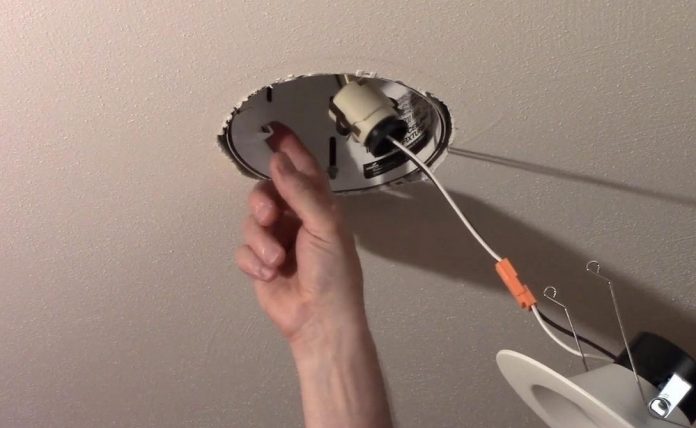Recessed lights are highly acclaimed and commercially used ceiling lights nowadays, particularly all over the world. The reason behind their popularity is quite evident in its functional features, their design profile and the amount of detail they bring to the lighting layout.
Recessed light fixtures have a very discreet profile and due to the tangible features they allow a lot of experimentation with a light layout. It is certain that these lights are a good catch but here are certain facts to consider prior to installation:
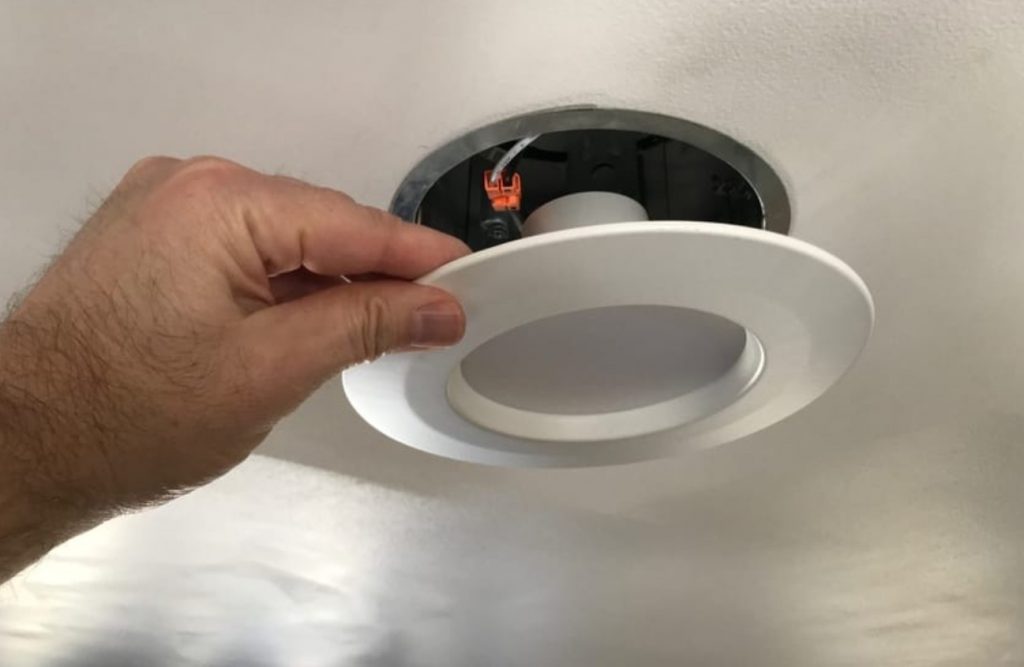
Know your ceiling type
Recessed lights are ceiling lights, so what could go wrong here? A lot. These pot light fixtures are actually quite specific with their customisation and can only integrate well if their electrical components align with the ceiling designs. These lights sit inside the ceiling and therefore they require a certain amount of clearance above the ceiling, usually most ceilings with attics work.
They require proper ventilation as the heat from the fixture might accumulate above the ceiling and cause the fixture to malfunction. For the same reason recessed lights are available in different ratings and ach housing is specified for the ceiling type.
Select the appropriate housing
The housing of the recessed light fixture is the most vital component of this light fixture. It sits inside the ceiling and holds all the electrical components of the fixture. All pot lights are available in different housings based on the ceiling type and design. All housings are either IC rated or NON-IC rated. Further sub-categories are as follows:
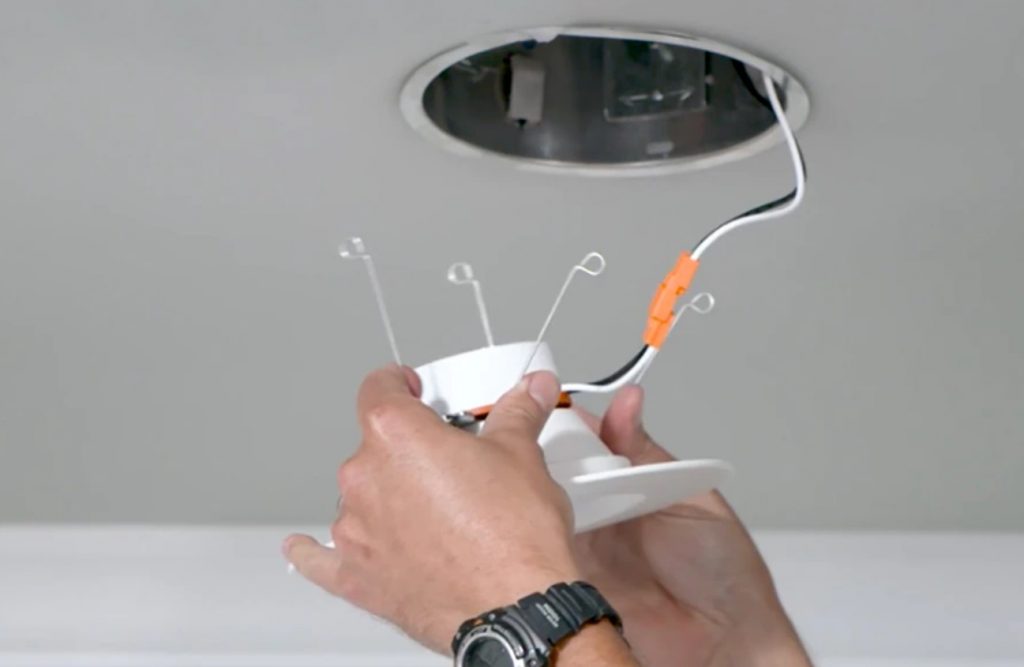
-
Air tight housing
These IC-rated housings are for buildings which are airtight and it prevents heat loss, condensation or air leakage. Mostly used in ceilings with attic space and joists are not exposed below the ceilings.
-
Sloped ceiling housing
Sloped ceiling housing is largely used in modern-day architecture and lighting layout and it has been a gateway to install recessed lights in walls or grounds. Previously designed for sloped ceilings akin to period homes or complicated architecture where the use of general light fixtures like pendants or tubes was difficult. These housings provide immaculate result as the recessed light fixture barely occupies any extra space below the ceiling.
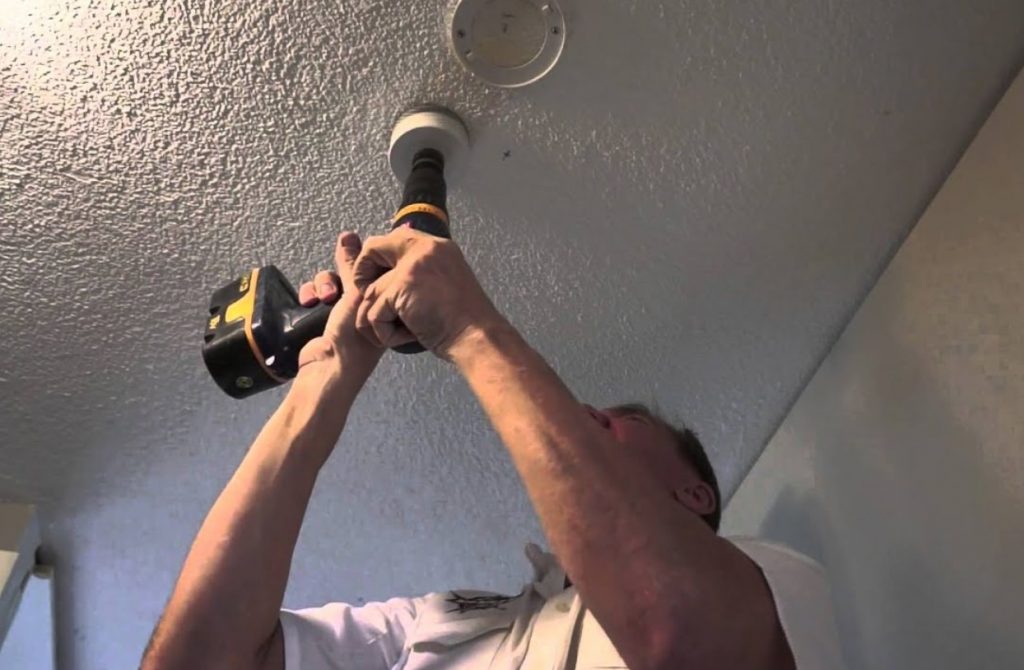
-
New construction housing
New construction housing is for nelly built homes. Or spaces which already have a clearance and joists present for installation of recessed lighting.
-
Remodel housing
Remodel housing is another convenient option and largely applicable as most consumers opt for recessed lighting when refurbishing their homes, offices or any indoor space. They do not require much wear and tear of the ceiling and install through a tiny opening in the ceiling where the joist is located.
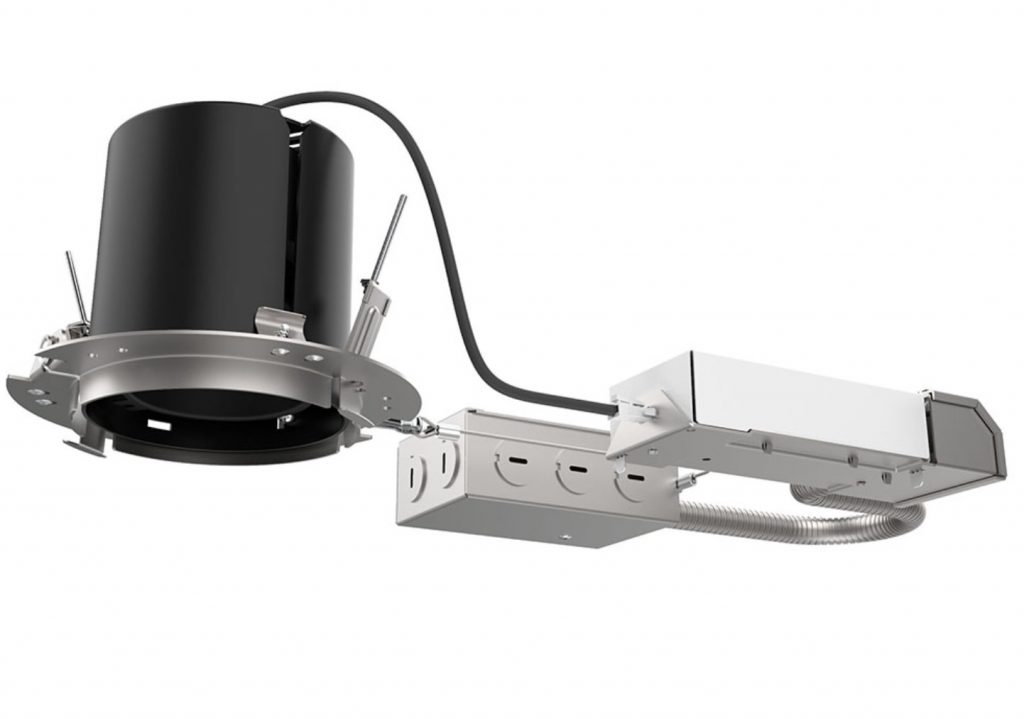
-
Retrofit housing
Retrofit housing is the most economic option there is, and it only requires a change of certain electrical components to make it pop.
-
Voltage rated housings
Voltage-rated housings are another very convenient form of housing although every other housing can be transformed into it. These housings particularly run over different or lower voltages than the voltage supplied to the rest of the fixtures. These housings are particular for recessed lights which are used as task or accent light fixtures.
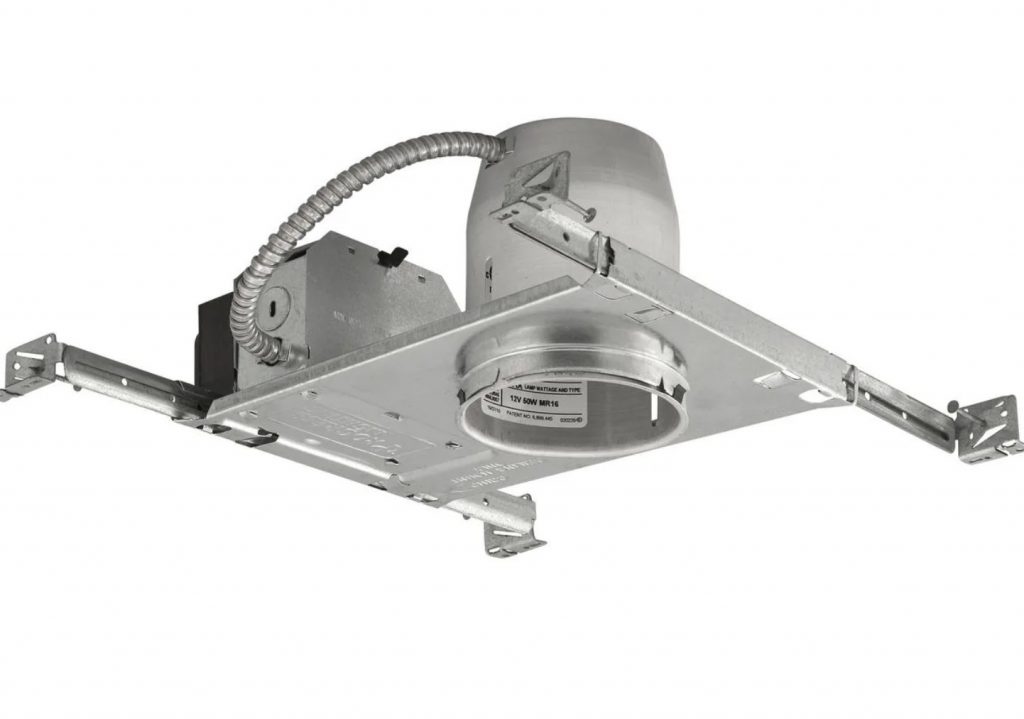
Measure the area
Another key factor which determines proper installation of these lights is measuring the area of the room in which they are going to be installed. This is the most crucial step as it determines the lumen requirement of the room. It is not as technical and requires only a few parameters.
Placement is the key
With recessed lighting following a predetermined layout which specifies where each light fixture must be installed. The placement is crucial as these lights inherently function as downlights and the light can be positioned to shine in any direction. Important consideration must be taken while distancing the fixtures so they do not appear very crowded and create a uniform lighting layout. There are several accounts on how to install recessed light fixtures, to get a better overview of how this works click here.
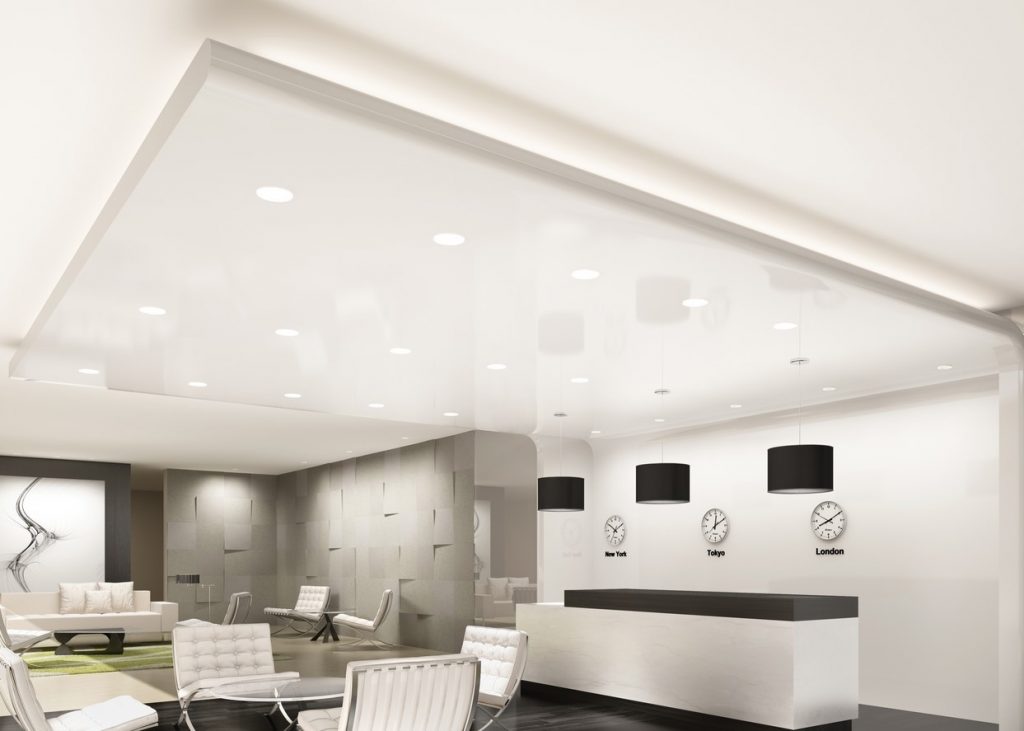
Trim designs
There are several trim designs available for recessed lights. The trim allows the light to be projected in any direction. The trim designs can be selected to incorporate with the lighting layout as they have the power to project the light in any direction. The beam angle can be fixed for any kind of lighting layer.
The different designs for trims for general lighting are:
- Open trim
- Baffle trim
For accent lighting:
- Wall wash trim
- Eyeball trim
For task lighting:
- Gimbal trim
- Pinhole trim

Advantages to consider:
Recessed lighting is transformative and has many advantages over other lighting sources. They create:
- More overhead space
- Allow layering which is compatible with any room design
- The light is uniform and without any bright or dark spots.
- Run on low voltage
- LED recessed lights are super energy efficient than most traditional options
- They operate on lower wattage
- They produce higher lumens
- The correlated colour temperature is customisable for any room setting
- They are low maintenance
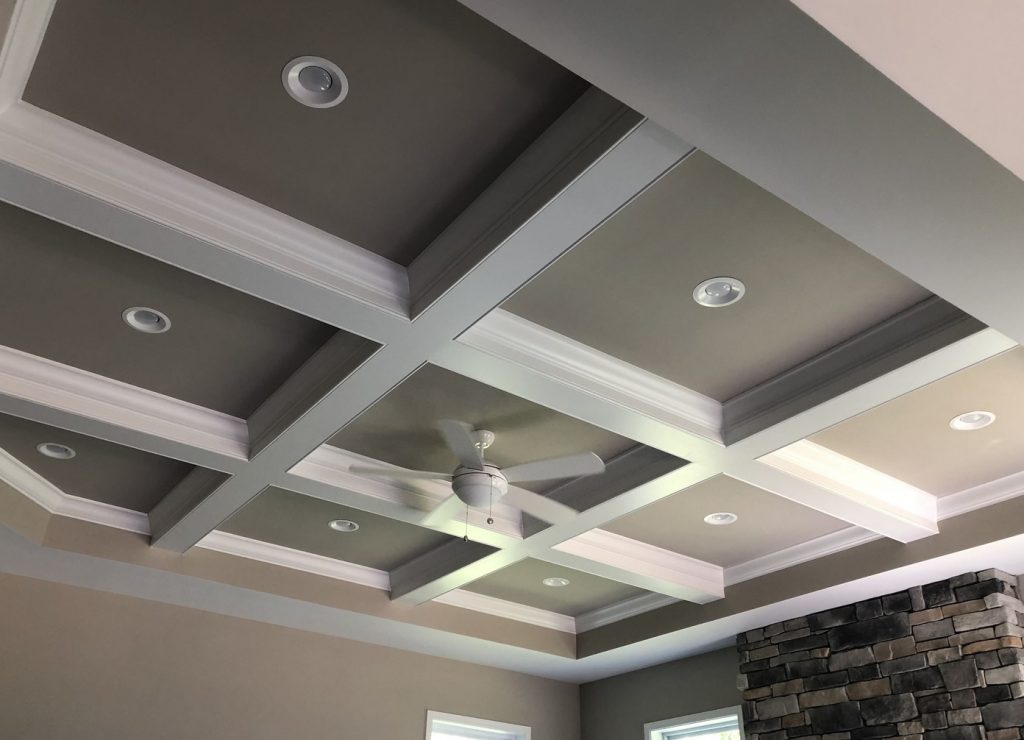
In conclusion, recessed light fixtures are highly innovative and incorporative light fixtures. Due to their ability to blend in any setting they are also considered as decorative light fixtures and they create a lot of room for experimentation with futuristic lighting layouts. The investment in these fixtures does come with higher upfront cost but the sustainable features and their ability to retain its function for several years pays off.

